Revolutionizing Home Illumination with Smart LED Lights for Energy Efficiency and Style
In today's fast-paced world, the demand for energy-efficient and aesthetically pleasing lighting solutions has never been more critical. According to the U.S. Department of Energy, LED lights use at least 75% less energy than incandescent lighting, significantly reducing household electricity bills while also decreasing carbon footprints. The global LED lighting market is projected to reach $100 billion by 2025, highlighting the growing consumer awareness and preference for sustainable solutions. With advancements in smart technology, LED lights are now equipped with features that allow users to control brightness and color temperature through mobile applications, fostering not only energy efficiency but also personalized home environments. As homeowners become increasingly conscious of their choices, the integration of smart LED lights stands out as a revolutionary approach to home illumination, merging style with sustainability.

The Rise of Smart LED Lights: Merging Technology and Home Decor
 The rise of smart LED lights has transformed the way we approach home decor and energy efficiency. Gone are the days of simple light bulbs; today's smart LED options offer customizable colors, brightness levels, and even scheduling capabilities. This technological advancement allows homeowners to merge aesthetics with functionality, creating ambient environments that cater to their lifestyle preferences. Imagine adjusting your living room lighting to a warm hue for movie night, or setting a cooler tone for working from home—smart LEDs offer flexibility that traditional lighting sources simply cannot match.
The rise of smart LED lights has transformed the way we approach home decor and energy efficiency. Gone are the days of simple light bulbs; today's smart LED options offer customizable colors, brightness levels, and even scheduling capabilities. This technological advancement allows homeowners to merge aesthetics with functionality, creating ambient environments that cater to their lifestyle preferences. Imagine adjusting your living room lighting to a warm hue for movie night, or setting a cooler tone for working from home—smart LEDs offer flexibility that traditional lighting sources simply cannot match.
Tips: When selecting smart LED lights, consider models that integrate easily with your existing smart home ecosystem. Look for options that provide color-changing capabilities to enhance the mood of a room. Additionally, using dimmable smart LEDs can help reduce energy consumption while providing versatile lighting options.
Moreover, smart LED lights can play a critical role in energy efficiency. Many products on the market now boast energy-saving features that help reduce electricity bills. By utilizing motion sensors or timers, these lights ensure that energy is only used when needed. This not only enhances sustainability efforts but also contributes to a stylish and modern home environment where technology and decor come together seamlessly.
Tips: Explore smart LED lights that offer app control to manage your home illumination remotely. This allows you to turn lights on or off while you're away, providing both security and energy savings.
Transforming Energy Efficiency in Homes: The Impact of Smart Lighting
The transition to smart lighting technologies is reshaping energy consumption patterns in homes. According to a report by the U.S. Department of Energy, lighting accounts for approximately 15% of residential electricity use. The advent of smart LED lights, which are up to 80% more efficient than traditional incandescent bulbs, has the potential to significantly reduce this percentage. By automatically adjusting brightness based on time of day or occupancy, these smart systems not only optimize energy use but also enhance the overall aesthetics of living spaces.
Furthermore, a study by the Global Energy Network Institute indicates that households using smart lighting solutions can save between $100 to $200 annually on energy bills. This becomes particularly significant when considering that the installation of smart lighting can lead to a reduction in carbon emissions by as much as 20%. As homeowners increasingly prioritize sustainability, the combination of energy efficiency and modern design offered by smart LED lights is being seen as an essential upgrade for a stylish and eco-friendly home environment.
Revolutionizing Home Illumination with Smart LED Lights for Energy Efficiency and Style
| Feature | Description | Energy Savings (%) | Lifespan (Hours) | Color Temperature (K) |
|---|---|---|---|---|
| Smart Control | Control lights via smartphone app or voice commands. | 80% | 25000 | 3000 - 6500 |
| Dimming Options | Adjust brightness to save energy and create ambiance. | 70% | 20000 | 2700 - 5000 |
| Scheduling | Set schedules for lights to turn on/off automatically. | 75% | 30000 | 3500 - 6000 |
| Adaptive Lighting | Automatically adjusts based on natural light levels. | 85% | 50000 | 2000 - 8000 |
Innovative Features of Smart LED Lights: Beyond Just Illumination
Smart LED lights are transforming the way we illuminate our homes, offering not only energy efficiency but also a slew of innovative features that go beyond mere lighting. According to the U.S. Department of Energy, LED lighting can consume up to 75% less energy than traditional incandescent bulbs, while lasting up to 25 times longer. This remarkable efficiency not only reduces energy bills but also minimizes environmental impact, making smart LED lights an eco-friendly choice for any modern household.
Modern smart LED lights come equipped with advanced functionalities that enhance user experience. Features like color temperature adjustment, scheduling, and remote access via smartphone apps allow homeowners to tailor their lighting according to their mood and activity. A study by Markets and Markets predicts that the smart lighting market will reach $70 billion by 2027, underlining the growing demand for innovative lighting solutions. These lights can even sync with smart home devices, creating a cohesive atmosphere that adjusts with your daily routines.
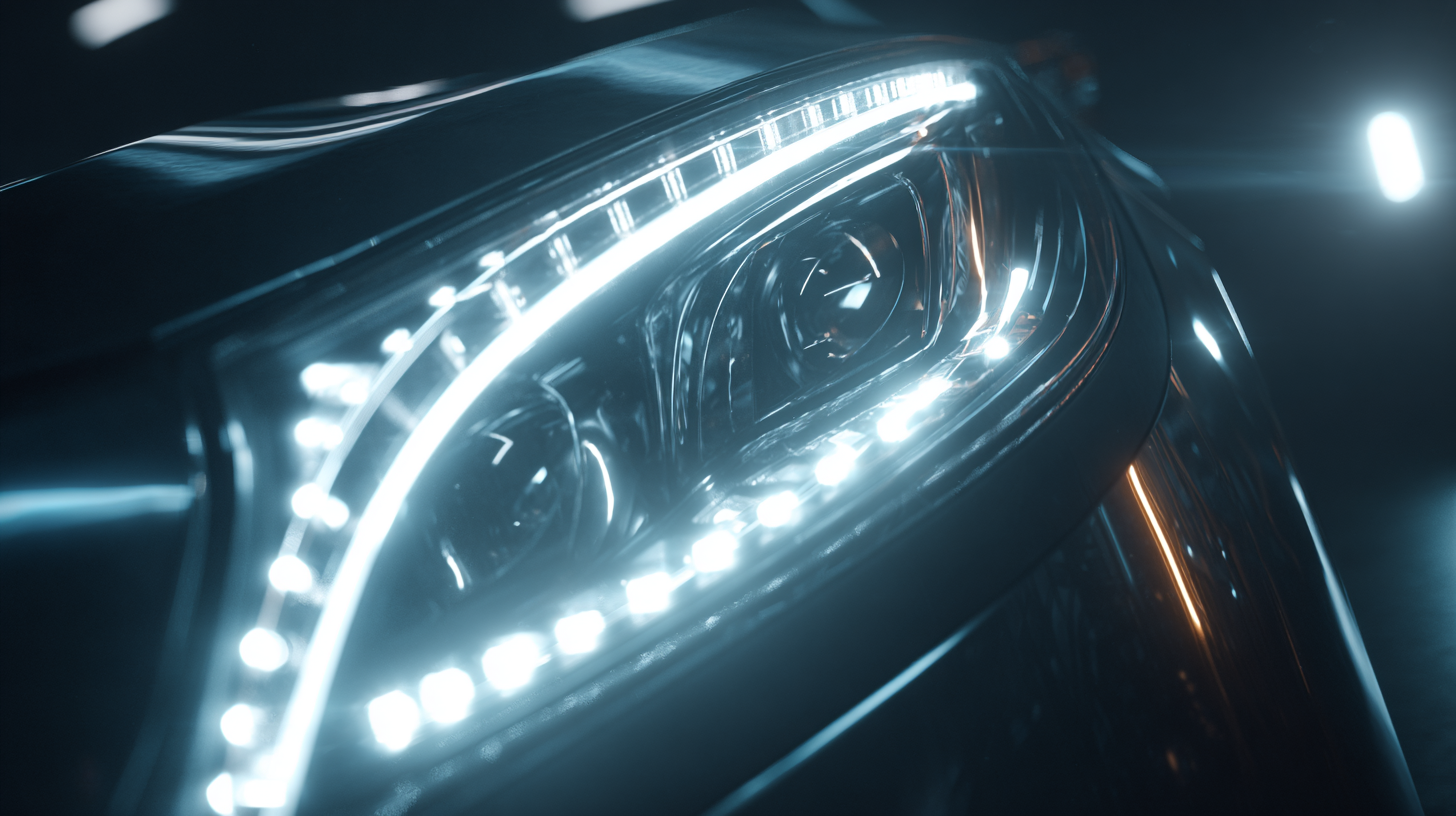
**Tip 2:** Utilize energy monitoring tools available in some smart LED systems to track and optimize your energy consumption, ensuring maximum efficiency.
By embracing these cutting-edge technologies, you can revolutionize not only your home illumination but also your overall living experience.
Designing with Smart LEDs: Harmonizing Aesthetics and Functionality
Smart LEDs are transforming the way we approach home design by seamlessly blending aesthetics with functionality. These innovative lighting solutions not only offer a vast array of colors and styles but also allow homeowners to tailor their lighting experiences to suit various moods and occasions. With customizable features, smart LEDs can be adjusted to highlight architectural elements, create ambiance during gatherings, or provide efficient task lighting for workspaces, effectively harmonizing beauty and utility.
Moreover, the energy efficiency of smart LEDs represents a significant advancement in sustainable design. Unlike traditional lighting options, smart LEDs consume less power and have a longer lifespan, reducing both energy bills and waste. Designers can leverage this functionality by integrating smart lighting into their projects, creating environments that are not only visually appealing but also environmentally responsible. By embracing this technology, designers have the unique opportunity to craft spaces that reflect personal style while promoting a more sustainable lifestyle.
Energy Efficiency Comparison of Smart LED Lights vs. Traditional Bulbs
This chart compares the energy efficiency of Smart LED lights against traditional incandescent and CFL bulbs. The data reflects the average watts used per hour by each type of bulb, illustrating the energy-saving advantages of modern LED technology.
Cost Savings and Environmental Benefits of Switching to Smart Lighting Solutions
Smart LED lights are transforming home illumination by offering significant cost savings and environmental benefits. According to the U.S. Department of Energy, switching to LED lighting can save homeowners up to 75% on energy costs compared to traditional incandescent bulbs. This substantial reduction not only lowers your electricity bill but also lessens the burden on the power grid, promoting a greener, more sustainable environment.
In addition to cost savings, smart lighting solutions contribute to reducing carbon footprints. The Energy Information Administration states that LED lights consume less power, resulting in fewer greenhouse gas emissions from power plants. By making the switch, you are not only investing in efficiency but also in a healthier planet for future generations.
Tips: To maximize energy savings, consider installing motion sensors or timers paired with your smart lighting system. This ensures the lights are only used when needed, further decreasing unnecessary energy consumption. Additionally, utilize smart apps that allow you to monitor and control your lights remotely, giving you greater flexibility and control over your home’s energy use.
Related Posts
-
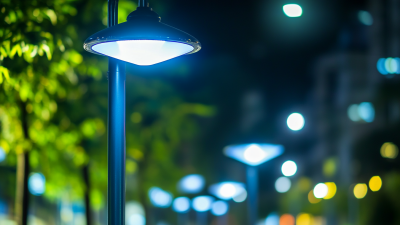
Finding Reliable Suppliers for Into Led Lighting Top Tips for Global Buyers
-
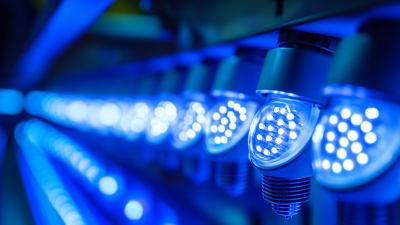
Evaluating LED Lights: A Data-Driven Analysis of Efficiency, Costs, and Longevity for Global Buyers
-

Maximizing Energy Efficiency with Led Bulbs in Your Home and Business
-

Innovative Solutions for Efficient Energy with Best Into Led Lighting
-
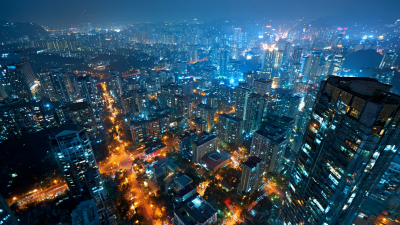
Unlocking the Secrets to Selecting the Best LED Lighting Experts for Your Global Sourcing Needs
-
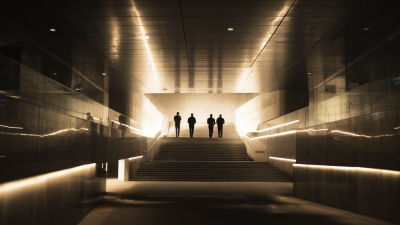
What Makes Best Into LED Lighting Stand Out in Modern Illumination Solutions?
